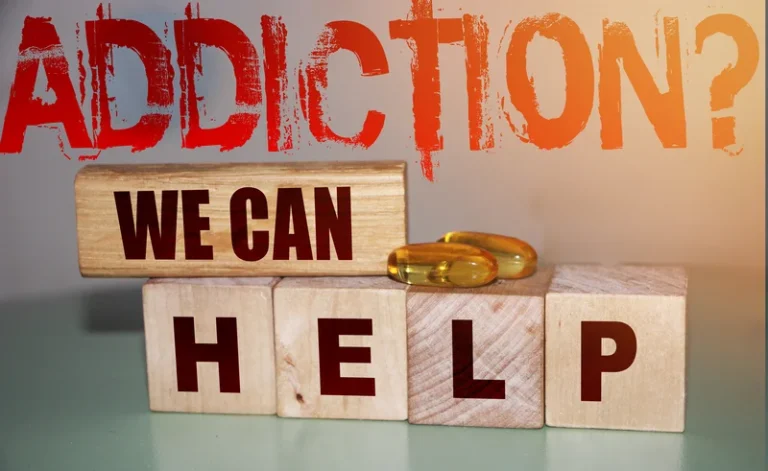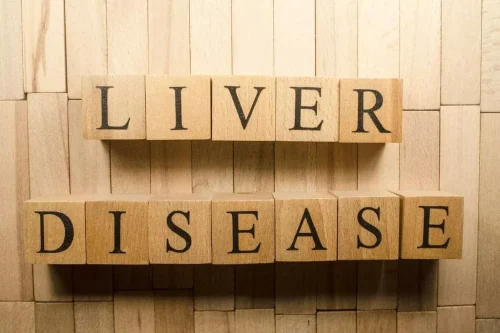Alcoholism: Causes, Risk Factors, and Symptoms
- Posted on 9 de janeiro de 2024
- in Sober living
- by admin

American Addiction Centers (AAC) is committed to delivering original, truthful, accurate, unbiased, and medically current information. We strive to create content https://ecosoberhouse.com/ that is clear, concise, and easy to understand. Many of these groups are free and available to the public; online support groups are also an option.
Treatment for alcohol misuse
However, if you consume alcohol to cope with difficulties or to avoid feeling bad, you’re in potentially dangerous territory. As harmful and debilitating as AUD can be for both the person with the disease and their loved ones, there are many approaches that you can take to manage the condition. Everyone’s road to recovery differs; treatments can occur in an inpatient or outpatient medical settings, individual or group sessions with therapists, or other specialty programs. There are effective ways to treat this disease and steps you can take to help a loved one enter recovery. This article discusses alcohol use disorder symptoms and strategies for treatment and intervention. As an addiction tends to get worse over time, it’s important to look for early warning signs.
What Is Alcoholism and How to Get Treatment

When you drink heavily, your body gets used to the alcohol and experiences withdrawal symptoms if it’s taken away. But even if you’re able to succeed at work or hold your marriage together, you can’t escape the effects that alcoholism and alcohol abuse have on your personal relationships. Drinking problems put an enormous strain on the people closest to you. The severity of the disease, how often someone drinks, and the alcohol they consume varies from person to person. Some people drink heavily all day, while others binge drink and then stay sober for a while. Several evidence-based treatment approaches are available for AUD.
- It’s important that the person get back on track and resume treatment.
- If you are thinking about quitting drinking, talk to your healthcare provider.
- Pretending that nothing is wrong and hiding away all of their fears and resentments can take an enormous toll.
Seek Support
- If you’re worried that someone you know has an alcohol addiction, it’s best to approach them in a supportive way.
- What some people might dismiss as regular social drinking may actually be approaching the compulsive patterns of drinking that underlie alcohol addictions.
- It’s often at the center of social situations and closely linked to celebrations and enjoyment.
- You can prevent alcohol use disorder by limiting your alcohol intake.
Nearly all risks involved with alcohol addiction may be avoidable or treatable, with successful long-term recovery. Regardless of how the addiction looks, someone typically has an alcohol addiction if they heavily rely on drinking and can’t stay sober for an extended period of time. It can cause changes to the brain and neurochemistry, so a person with an alcohol addiction may not be able to control their actions.

More on Substance Abuse and Addiction
Moderate to heavy drinkers can also benefit from medical supervision in the acute withdrawal stage. While cirrhosis scars from excessive drinking are irreversible, quitting alcohol and leading a healthier lifestyle can help your liver heal from alcohol-related liver disease. Discovering you aren’t just a casual drinker and are facing an alcohol problem can be shocking. And when you’re ready, learn about alcohol detox or other treatment programs or get started with online rehab. This is the rarest subtype, making up only 9% of people addicted to alcohol in the United States. Most individuals in this subtype are middle-aged and started drinking early.
What is considered 1 drink?
While only a healthcare provider can diagnose an alcohol use disorder, there are several physical and behavioral signs that may indicate an individual struggles with their alcohol use. A rare but very serious syndrome called delirium tremens can occur during alcohol withdrawal. Also known as DTs, an estimated 2% of people with alcohol use how to recognize signs and symptoms of alcoholism and alcohol abuse disorder and less than 1% of the general population experience them. You don’t need to be diagnosed with alcohol use disorder in order to quit drinking. If alcohol is interfering with your health or your personal, financial, or professional life, consider quitting. Typically, alcohol withdrawal symptoms happen for heavier drinkers.

They use a set of 11 criteria established by the Diagnostic and Statistical Manual of Mental Disorders, Fifth Edition (DSM-5) to assess alcohol use severity. Alcohol addiction may involve several different treatment methods. It’s important that each person get involved in a recovery program that will support long-term sobriety. This could mean an emphasis on therapy for someone who is depressed, or inpatient treatment for someone with severe withdrawal symptoms.
There are many support options available that can help guide you through alcohol withdrawal, as well as abstaining from alcohol after withdrawal. Over time, however, the body builds a tolerance to alcohol, and a person may have to drink more and more to get the same feeling. Meanwhile, the brain is producing more and more neurotransmitters, making a person further imbalanced. Alcohol use disorder has been identified as something that happens when a person drinks so much or so often that it changes the chemical makeup of their brain. Over time there is a progression of liver disease from hepatitis (inflammation) to fibrosis (hardening) and eventually to scarring of the tissue (cirrhosis). Cirrhosis is the final stage of alcohol-related liver disease.









